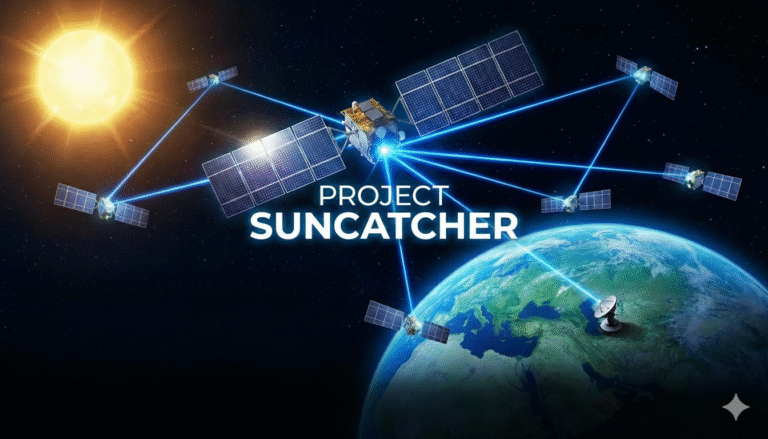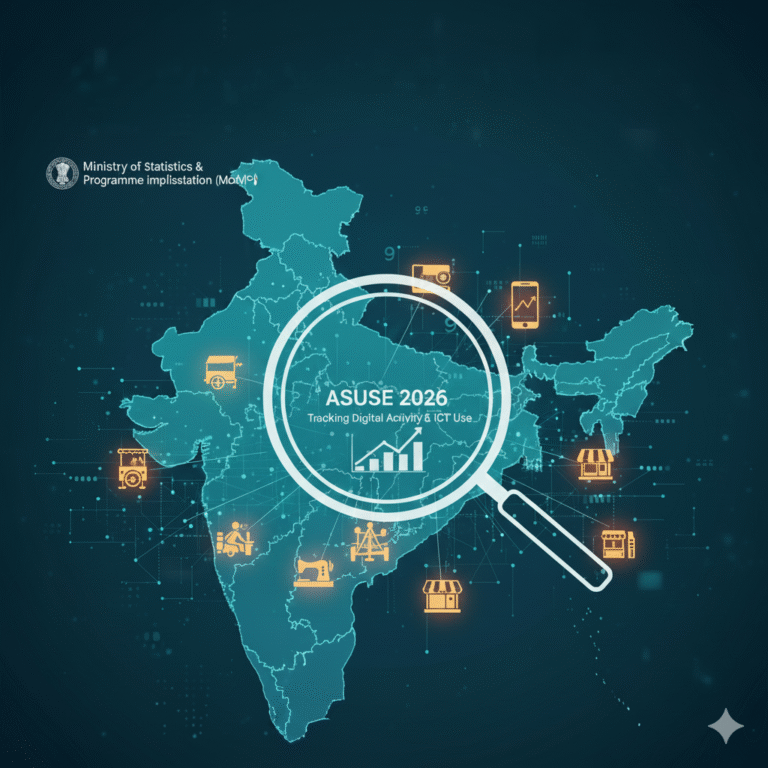Pediatric brain cancer, particularly gliomas, represents one of the most challenging areas in oncological care. With advancements in medical treatments, survival rates have improved, but pediatric brain cancers, especially gliomas, remain a significant threat. These tumors are complex and difficult to treat, often leading to recurrence despite aggressive treatments. The ability to accurately predict tumor recurrence could drastically improve treatment strategies and ultimately save lives.
In a groundbreaking development, artificial intelligence (AI) is now at the forefront of transforming pediatric brain cancer care. By using AI to predict tumor recurrence in children with gliomas, medical professionals are gaining new insights into patient care, which could lead to more personalized treatment plans. This innovation has the potential to revolutionize how pediatric gliomas are diagnosed, treated, and managed.
The Challenge of Pediatric Gliomas
Gliomas are tumors that arise from glial cells in the brain and spinal cord. These tumors are particularly aggressive in children, and they present a unique set of challenges:
- Inconsistent Tumor Growth: Gliomas can grow at different rates and may vary significantly from patient to patient, making it difficult to predict how quickly they might recur after treatment.
- Complex Diagnosis and Treatment: Due to their location in the brain and their complex nature, gliomas often require a combination of treatments, including surgery, radiation therapy, and chemotherapy.
- Limited Predictive Models: Traditional methods of predicting tumor recurrence in pediatric glioma patients are often unreliable. A more accurate prediction model is necessary to guide treatment decisions and monitor patient progress.
The Role of AI in Modern Medicine
Artificial Intelligence (AI) has been a game-changer across various industries, and healthcare is no exception. In the context of cancer care, AI is increasingly being used to enhance diagnostic accuracy, improve treatment efficacy, and predict outcomes.
AI can analyze vast amounts of data much faster and more accurately than human physicians. By processing images from MRIs, CT scans, and histological slides, AI models can identify subtle patterns that might be missed by human doctors. This ability is especially valuable in complex conditions like gliomas, where early detection of recurrence is critical.
AI models are designed to learn from large datasets, and this learning process allows them to make predictions based on patterns that would otherwise go unnoticed. This predictive capability is particularly useful in the case of pediatric gliomas, where early intervention and personalized treatment strategies are vital to improving patient outcomes.
The AI-Driven Approach to Predicting Tumor Recurrence
Recent research has demonstrated that AI can significantly improve the accuracy of predicting glioma tumor recurrence in pediatric patients. Here’s how this AI-driven approach works:
- Data Collection and Analysis: The first step is the collection of comprehensive medical data, including MRI scans, histopathology reports, genetic information, and treatment histories. AI algorithms are trained on these datasets to understand the complex characteristics of gliomas and their recurrence patterns.
- Image Processing and Pattern Recognition: AI models use advanced image recognition techniques, such as convolutional neural networks (CNNs), to analyze MRI scans. These scans help to track the size, shape, and other features of the gliomas over time. By recognizing patterns in these images, AI can predict how likely a tumor is to recur after treatment.
- Genetic and Molecular Data: AI systems also analyze the genetic and molecular profile of the tumors. Specific genetic markers and mutations are known to influence the behavior of gliomas. By incorporating this information, AI can refine its predictions, providing more accurate and individualized forecasts for tumor recurrence.
- Predictive Analytics: Using predictive modeling techniques, AI can process all the data to generate a risk profile for each patient. This allows healthcare providers to anticipate potential recurrences and take proactive measures in treatment planning, such as adjusting medication doses or scheduling follow-up scans more frequently.
The Benefits of AI in Pediatric Glioma Care
The integration of AI into pediatric glioma care offers several key benefits:
- Early Detection and Proactive Treatment: The ability to predict tumor recurrence before it is clinically evident enables early intervention. This proactive approach can help reduce the risk of complications and improve the chances of successful treatment.
- Personalized Treatment Plans: Every glioma is different, and AI’s ability to analyze a patient’s genetic and clinical data ensures that treatments can be tailored specifically to that patient’s needs. Personalized treatments are more likely to be effective and can reduce the side effects associated with standard, one-size-fits-all therapies.
- Reduced Healthcare Costs: By improving the accuracy of recurrence predictions, AI can help prevent unnecessary treatments and hospital visits. More precise treatment planning can result in cost savings by focusing resources on the most promising therapeutic options.
- Improved Prognosis: By enabling early detection and more effective treatments, AI improves the overall prognosis for children with gliomas. With accurate predictions of tumor recurrence, healthcare providers can act quickly to prevent the growth of the tumor, potentially saving lives.
Challenges and Ethical Considerations
While the use of AI in predicting glioma recurrence is promising, there are several challenges and ethical considerations to address:
- Data Privacy and Security: The use of sensitive medical data to train AI models raises concerns about data privacy and security. It is crucial to ensure that patient data is protected and that AI systems adhere to strict privacy standards.
- Reliability and Bias in AI Models: AI models rely on large datasets to make accurate predictions. However, if these datasets are biased or incomplete, the AI model may produce inaccurate or unfair results. Ensuring that datasets are diverse and representative is essential for the development of reliable AI models.
- Collaboration Between Humans and Machines: While AI can assist in predicting tumor recurrence, it is important to remember that AI is a tool, not a replacement for human judgment. The collaboration between AI systems and medical professionals is critical to ensuring that treatment decisions are made with the utmost care and consideration.
- Access to AI Technology: Currently, AI-based diagnostic tools may not be accessible to all healthcare systems, especially in lower-income or resource-poor regions. Ensuring equitable access to AI-driven technologies will be important in improving healthcare outcomes globally.
Conclusion: The Future of AI in Pediatric Glioma Care
The AI-driven approach to predicting tumor recurrence in pediatric glioma patients is a significant advancement in the field of cancer care. By leveraging the power of AI, researchers and clinicians are now able to gain deeper insights into the complex behavior of gliomas, enabling earlier interventions and more personalized treatment plans.
As AI technology continues to evolve, its role in cancer care will only grow, offering new opportunities for improving patient outcomes, reducing healthcare costs, and ultimately saving lives. While challenges remain, the future of pediatric glioma care looks promising with the integration of AI, and its potential to transform the way we approach brain cancer treatment is truly exciting.
Key Takeaways
- AI is transforming pediatric glioma care by predicting tumor recurrence with greater accuracy.
- Early detection and personalized treatments enabled by AI improve patient outcomes and reduce the risk of complications.
- AI tools analyze MRI scans, genetic data, and medical histories to provide precise predictions about tumor recurrence.
- Challenges such as data privacy, model reliability, and equitable access to technology need to be addressed for successful AI integration in healthcare.









+ There are no comments
Add yours